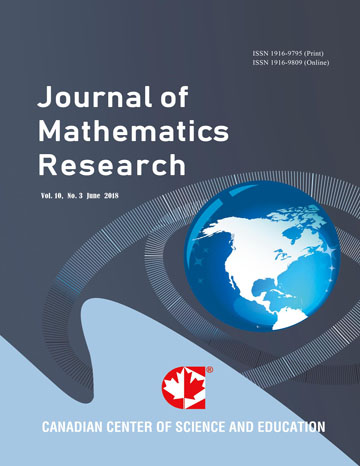Prime Numbers: A Particle in a Box and the Complex Wave Model
- Raul Sousa
Abstract
Euler{'}s formula establishes the relationship between the trigonometric function and the exponential function. In doing so unifies two waves, a real and an imaginary one, that propagate through the Complex number set, establishing relation between integer numbers. A complex wave, if anchored by zero and by a defined integer number \textit{N}, only can assume certain oscillation modes. The first mode of oscillation corresponds always to a \textit{N} prime number and the other modes to its multiples.
\begin{center}
\(\psi (x)=x e^{i\left(\frac{n \pi }{N}x\right)}\)
\end{center}
Under the above described conditions, these waves and their admissible oscillation modes allows for primality testing of integer numbers, the deduction of a new formula $\pi(x)$ for counting prime numbers and the identification of patterns in the prime numbers distribution with computing time gains in the calculations. In this article, four theorems and one rule of factorizing are put forward with consequences for prime number signaling, counting and distribution. Furthermore, it is establish the relationship between this complex wave with a time independent semi-classical harmonic oscillator, in which the spectrum of the allowed energy levels are always only prime numbers. Thus, it is affirmative the reply to the question if the prime numbers distribution is related to the energy levels of a physical system.
- Full Text:
 PDF
PDF
- DOI:10.5539/jmr.v7n4p43
Index
- ACNP
- Aerospace Database
- BASE (Bielefeld Academic Search Engine)
- Civil Engineering Abstracts
- CNKI Scholar
- DTU Library
- EconPapers
- Elektronische Zeitschriftenbibliothek (EZB)
- EuroPub Database
- Google Scholar
- Harvard Library
- IDEAS
- Infotrieve
- JournalTOCs
- MathGuide
- MathSciNet
- Open policy finder
- RePEc
- ResearchGate
- Scilit
- Technische Informationsbibliothek (TIB)
- The Keepers Registry
- UCR Library
- Universe Digital Library
- WorldCat
Contact
- Sophia WangEditorial Assistant
- jmr@ccsenet.org
